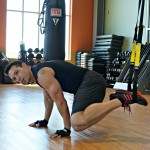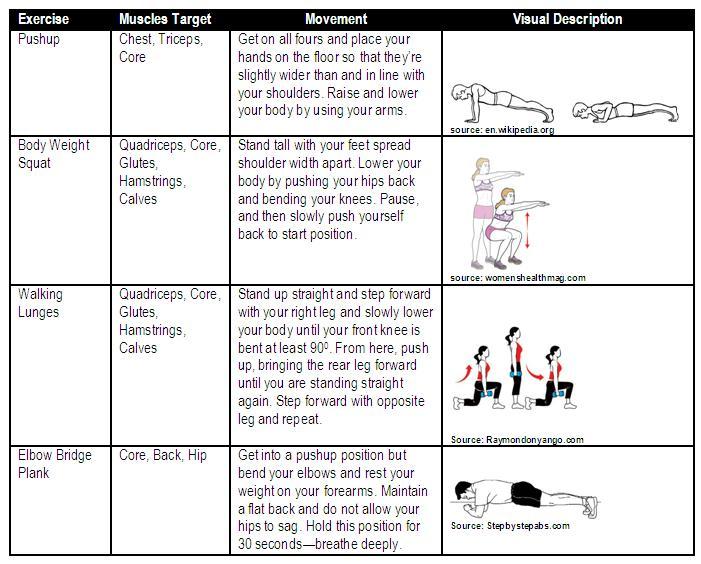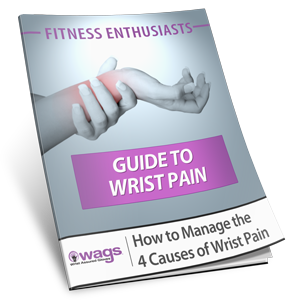FUNCTIONAL TRAINING-
 You’ve probably heard the buzz word “Functional Training” for a few years now, but do you know how to incorporate functional training into your fitness routine and why it’s so important? As the weather warms up (finally!) we head outside to get our yards cleaned up and garden planted or maybe you’re dusting off your golf clubs and tennis rackets. With some sensible conditioning using the principles of functional training you’ll be ready for the digging, lifting, bending, squatting and rotating, plus you’ll have much less risk for injuries.
You’ve probably heard the buzz word “Functional Training” for a few years now, but do you know how to incorporate functional training into your fitness routine and why it’s so important? As the weather warms up (finally!) we head outside to get our yards cleaned up and garden planted or maybe you’re dusting off your golf clubs and tennis rackets. With some sensible conditioning using the principles of functional training you’ll be ready for the digging, lifting, bending, squatting and rotating, plus you’ll have much less risk for injuries.
Functional training put simply trains the movement, not just the muscles. An understanding of ‘Closed and Open Kinetic Chain’ exercises will help you see how functional training works. The kinetic chain of the body refers to the connected ‘chain’ of all of your muscles and bones so your movements are all part of that kinetic chain. Remember that song “The foot bone’s connected to the shin bone, the shin bone’s connected to…”?
OPEN CHAIN EXERCISES
Open Chain Exercises are when your hands and feet are mobile and free to move. An example of an open chain exercise for the arms is a biceps curl or bench press and for the legs a seated leg curl. Generally, open chain movements focus on a single joint and are non-weight bearing. They can be great for targeted strengthening or rehabilitation if a specific muscles need to be isolated.
CLOSED CHAIN EXERCISES
 With Closed Chain Exercise your feet and hands are fixed, rather than moving. An example of a closed chain exercise for the arms is a push-up and for the legs is a squat or lunge. Closed chain exercises are weight bearing, more stabilizing and use multiple joints and muscles groups. They use body weight such as in a pull-up, push-up or suspension (i.e. TRX) exercises. Resistance can be added with weight, such as doing squats with the weight resting across the back of the shoulders. When done properly they’re generally safer and have more functional benefit. So closed chain exercises tie in well to functional training.
With Closed Chain Exercise your feet and hands are fixed, rather than moving. An example of a closed chain exercise for the arms is a push-up and for the legs is a squat or lunge. Closed chain exercises are weight bearing, more stabilizing and use multiple joints and muscles groups. They use body weight such as in a pull-up, push-up or suspension (i.e. TRX) exercises. Resistance can be added with weight, such as doing squats with the weight resting across the back of the shoulders. When done properly they’re generally safer and have more functional benefit. So closed chain exercises tie in well to functional training.
We rarely use our muscles in isolation so why train muscles in isolation instead of training the movements and stabilization required for the muscles groups to work together?
BENEFITS OF FUNCTIONAL TRAINING
1. Multiple muscles groups are worked at once so you get more benefit from your exercise time.
2. Closed chain exercises are safer for your joints, especially the knee joints.
3. Builds strength and stability in the core as the foundations for other movements / activities.
4. Training multiple muscles in a variety of movements’ and movement planes, (vertical, lateral, diagonal etc.) mirrors real life so you build functional strength not just for your preferred sports but everyday activities too.
If you’re ready to get started on your functional fitness program make an appointment with a certified personal trainer, Pilates instructor or join a TRX or boot camp class at your local fitness club. In the mean time here are some key foundational exercises to get you started at home:

Or check out this YouTube video for a detailed instructions and demonstration of the squat, lunge, plank and row:
Get our weight lifting wrist supports WAGs to help alleviate your wrist pain during these classes. Check out our weight lifting gloves with wrist support.




